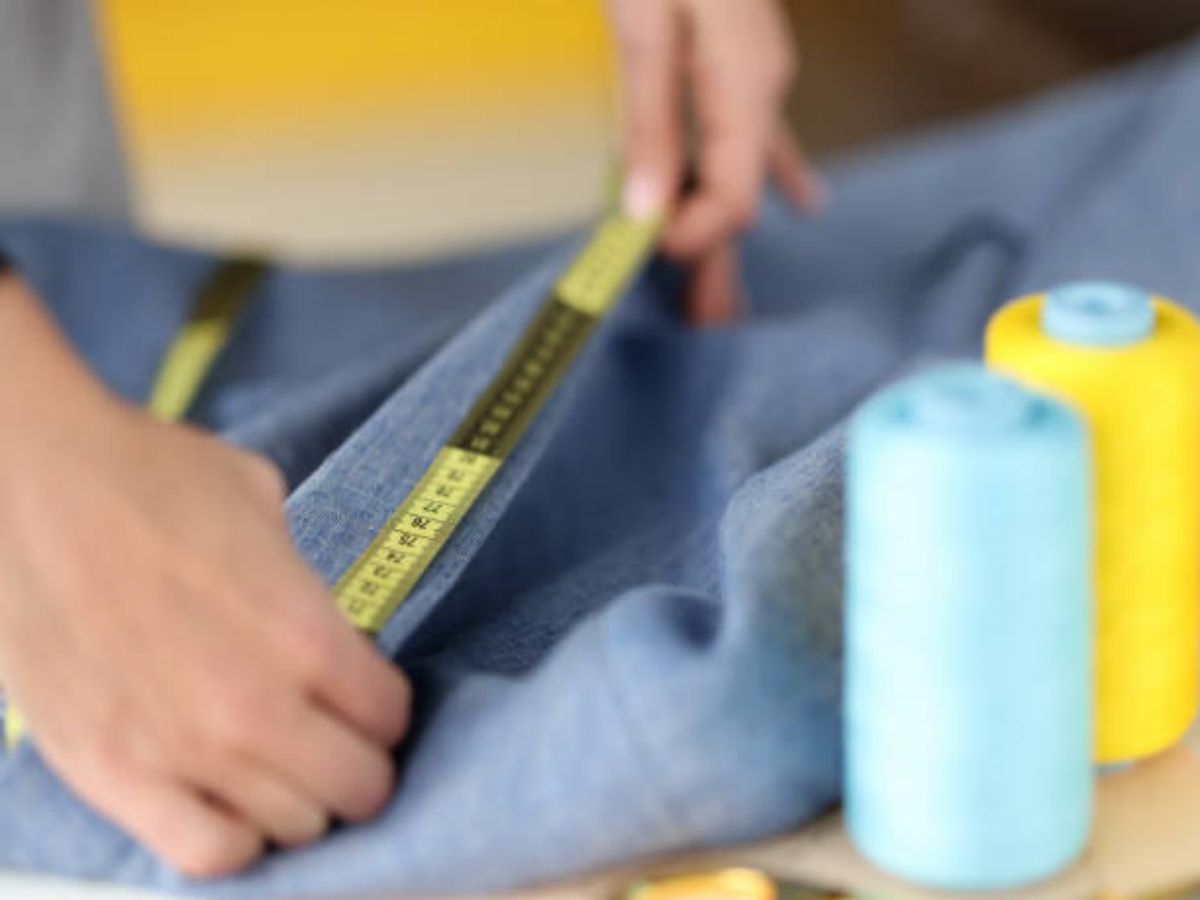Table of Contents

How to Check Fabric Weight? A Comprehensive Guide
When it comes to choosing the right fabric for your project, understanding its weight is essential. The weight of a fabric can affect its drape, durability, and suitability for different types of garments. In this article, we will discuss various methods to check fabric weight, allowing you to make informed decisions for your sewing or crafting endeavors.
Understanding Fabric Weight
Fabric weight refers to the density and thickness of a fabric. It is typically measured in grams per square meter (gsm) or ounces per square yard (oz/yd²). A higher weight indicates a denser, thicker fabric, while a lower weight suggests a lighter, more breathable fabric.
1. Using a Fabric Scale
One of the easiest ways to check fabric weight is by using a fabric scale. These scales are specifically designed to measure the weight of various textiles. To use a fabric scale, simply place a small sample of the fabric on the scale and wait for the reading. Make sure to take an average of multiple readings for accuracy.
2. Measuring Fabric Thickness
Fabric thickness can also give you an idea of its weight. Thicker fabrics tend to be heavier. To measure fabric thickness, you can use a fabric gauge or a caliper. Place the fabric between the jaws of the gauge or caliper and gently squeeze until you get a reading. Keep in mind that fabric thickness alone may not provide a precise measurement of weight, as denser fabrics can still be thin.
3. Calculating Fabric Weight
If you have the fabric's weight per yard or meter but only have a small sample, you can calculate the weight of the entire piece. First, measure the length and width of the sample. Then, divide the weight per yard or meter by the width to get the weight per unit of width. Finally, multiply the weight per unit of width by the length to obtain the total weight of the fabric.
4. Comparing Fabrics
Comparing fabrics can be a helpful way to estimate their weight. If you have a fabric of known weight, place it side by side with the fabric you want to check. Gently hold both fabrics at one end and observe their drape. Heavier fabrics will usually drape less and have less movement compared to lighter ones.
5. Understanding Fabric Types
Fabric weight can vary significantly depending on the type of fabric. For instance, silk and satin tend to be lighter, while denim and wool are typically heavier. Familiarizing yourself with the weight range of different fabric types can give you a general idea of what to expect. However, keep in mind that there can be variations within each fabric type.
6. Consulting Fabric Guides
Many fabric manufacturers and suppliers provide fabric guides that include information about the weight of their fabrics. These guides can be a valuable resource when you're unsure about the weight of a particular fabric. Check the manufacturer's website or contact them directly to access their fabric guides.
7. Seeking Expert Advice
If you're still unsure about the weight of a fabric or need specific recommendations, don't hesitate to reach out to experts in the field. Local fabric stores, online sewing communities, and professional seamstresses can provide valuable insights and guidance based on their experience.
8. Considering Intended Use
When checking fabric weight, it's important to consider the intended use of the fabric. Different projects require different fabric weights. For example, lightweight fabrics are ideal for summer dresses and blouses, while heavy fabrics are better suited for jackets and upholstery. Understanding the intended use will help you determine the appropriate weight for your project.
9. Evaluating Fabric Composition
The composition of the fabric can also influence its weight. Natural fibers such as cotton and linen tend to be lighter, while synthetic fibers like polyester and nylon can be heavier. Blends of different fibers can result in varying weights as well. Take into account the fabric's composition when assessing its weight.
10. Testing Durability
While fabric weight is not the sole indicator of durability, heavier fabrics often offer better longevity. To test a fabric's durability, perform a simple tug test. Gently pull the fabric from both ends and observe how much it stretches. Fabrics that stretch excessively are generally less durable compared to those with minimal stretch.
fabric weight, how to check fabric weight, fabric scale, measuring fabric thickness, calculating fabric weight, comparing fabrics, understanding fabric types, consulting fabric guides, seeking expert advice, considering intended use, evaluating fabric composition, testing durability How to Check Fabric Weight? A Comprehensive Guide Learn how to check fabric weight and make informed decisions for your sewing or crafting projects. Understand various methods such as using a fabric scale, measuring fabric thickness, and comparing fabrics.
